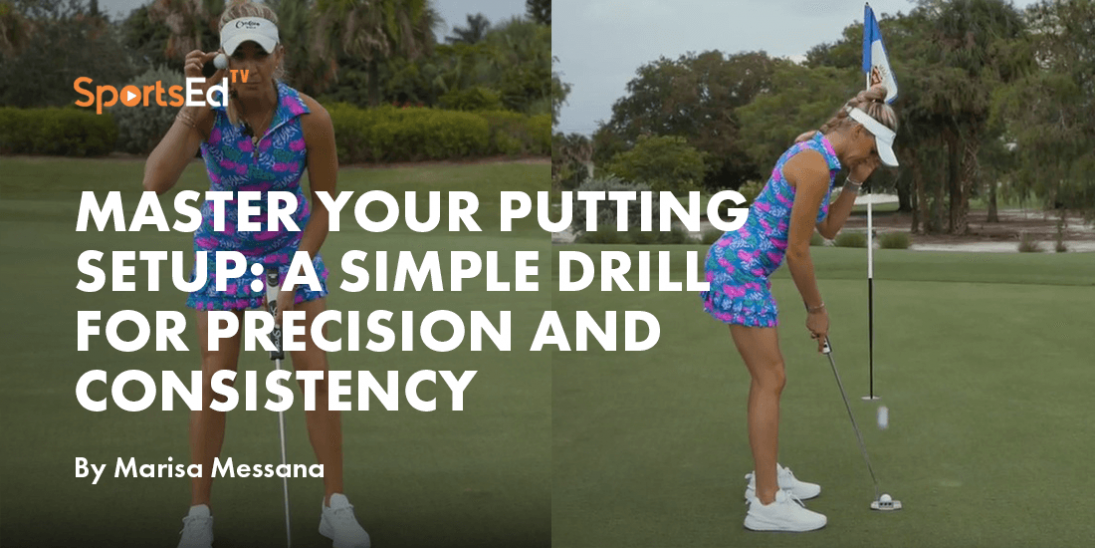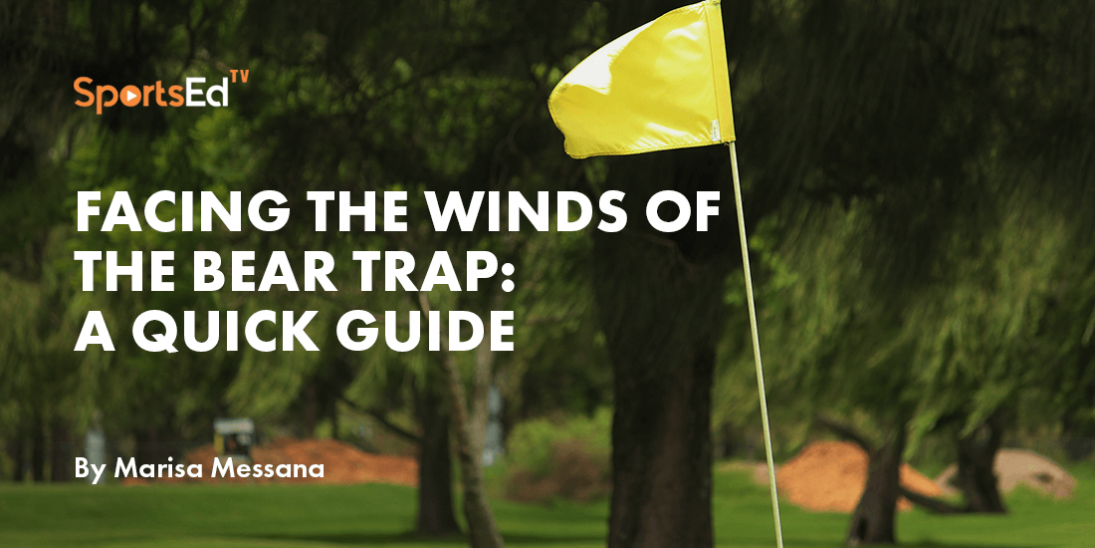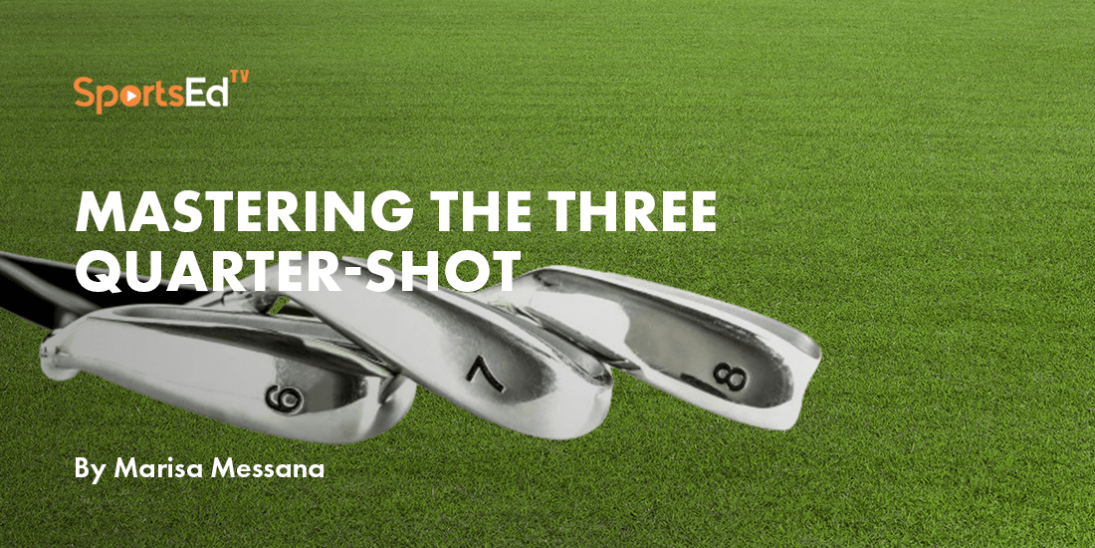Golf
Welcome and thanks for visiting...

Enhance Your Golf Swing with the Right Grip: Tips and Techniques
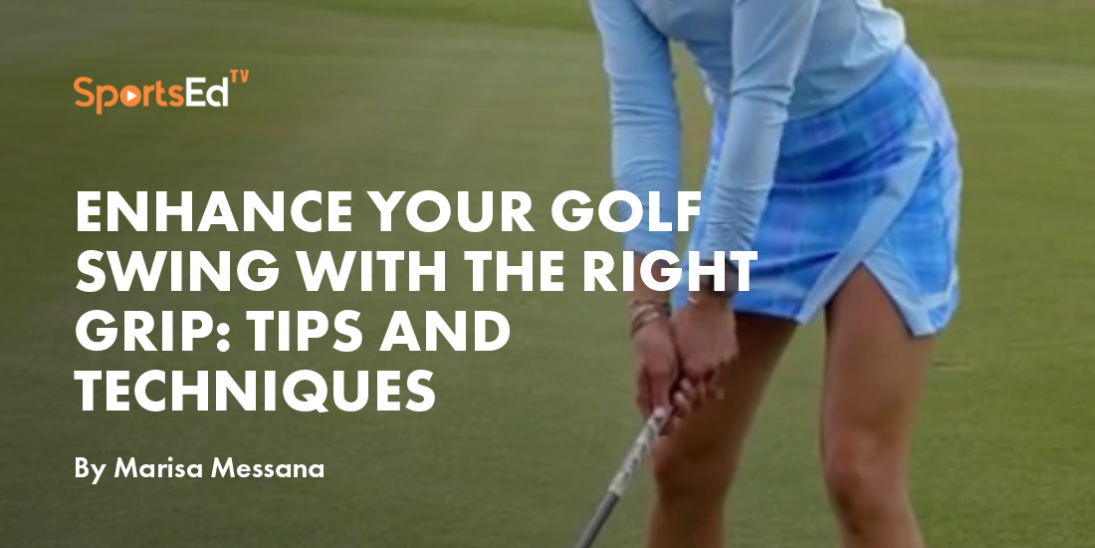
Are you looking to elevate your golf game? Believe it or not, the key might lie in how you grip your golf club. The significance of a proper grip cannot be overstated; it has the potential to significantly enhance your golf swing, leading to improved accuracy and distance. In this article, we delve into an array of tips and techniques that will guide you toward discovering the optimal grip for your game.
The grip is the bedrock of a successful golf swing, and comprehending its impact on your swing mechanics is paramount. Whether you lean towards the overlapping, interlocking, or baseball grip, we will provide you with step-by-step instructions, accompanied by visuals, to facilitate your journey to finding the perfect grip.
The Vital Role of a Proper Grip in Golf
The value of a proper grip cannot be emphasized enough when it comes to achieving a successful golf swing. A proper grip offers stability, control, and power throughout the swing. It enables a consistent clubface position, ultimately translating into more accurate and potent shots.
One of the common errors golfers make is gripping the club too tightly. This vice-like grip can restrict the natural wrist movement, leading to a stiff and tense swing. Conversely, a too-loose grip might cause the club to slip, yielding erratic shots.
To determine the right grip for your style, you must acquaint yourself with the various grips at your disposal. The overlapping grip, also known as the Vardon grip, ranks as the most popular choice among golfers. This grip involves overlapping the trailing hand's pinky finger over the lead hand's index finger. By fostering a unified hand motion, this grip generates a powerful swing.
The interlocking grip is another favored option, especially for golfers with smaller hands or weaker grip strength. This grip entails interlocking the trailing hand's pinky finger with the lead hand's index finger. Its benefit lies in its added stability and control during the swing.
Lastly, the 10-finger called the baseball grip suits golfers with larger hands or those inclined toward a more relaxed grip. This technique involves placing all ten fingers on the grip without overlap or interlock. While it may offer slightly less control than other grips, it promotes a more fluid and natural swing.
Steering Clear of Common Grip Pitfalls
Now that we've grasped the significance of a proper grip let's delve into some of the pitfalls to avoid. One prevalent misstep is adopting a weak grip, wherein the hands are rotated excessively to the left (for right-handed golfers) or to the right (for left-handed golfers). This can lead to an open or closed clubface at impact, resulting in slices or hooks.
Another error to sidestep is gripping the club too tightly. This approach triggers tension in the hands and arms, hampering a fluid swing and undermining clubhead speed. Striking the right balance of grip pressure is crucial—firm enough for control, yet not so tight that it stifles your swing.
Slipping grips pose a common challenge, particularly in wet or humid conditions. Such situations can cause the club to twist within your hands, leading to inconsistent shots. Prevent slippage by ensuring your grips are clean and dry, and contemplate using grip-enhancing products such as tacky sprays or gloves.
Mastering My Favorite Golf Club Grip
Are you eager to discover the optimal method for gripping a golf club? Allow me to introduce the interlocking grip, a technique I wholeheartedly recommend. This grip offers the utmost stability when wielding the golf club. For right-handed golfers, the interlocking grip connects your right pinky finger with your left index finger. After securing your grip on the club, ensure that the V shape formed by your thumb and index finger points towards your right shoulder. Remember this technique; it will prove invaluable the next time you're on the golf course.

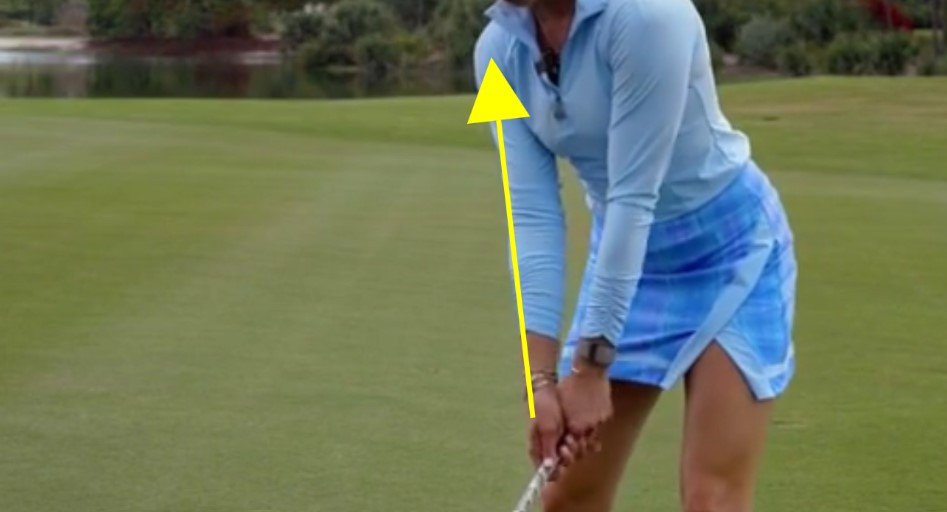
Unveiling the Influence of a Proper Grip on Your Golf Game
I
n conclusion, a proper grip serves as a cornerstone for elevating your golf swing and enhancing your performance on the golf course. It introduces stability, control, and power into your swing, leading to more precise and potent shots.
You can cultivate a consistent and effective grip by familiarizing yourself with different grip styles, steering clear of common grip blunders, and honing your grip techniques. Furthermore, incorporating grip strength and flexibility exercises, selecting the right grip size and material, and leveraging grip aids and training tools can further elevate your grip and amplify your swing performance.
Whether you're a golfing novice or a seasoned player, investing time and effort into perfecting your grip promises to propel your golf game to new heights. So, grab your clubs, refine your grip, and witness the transformation as your golf swing flourishes with the right grip!




